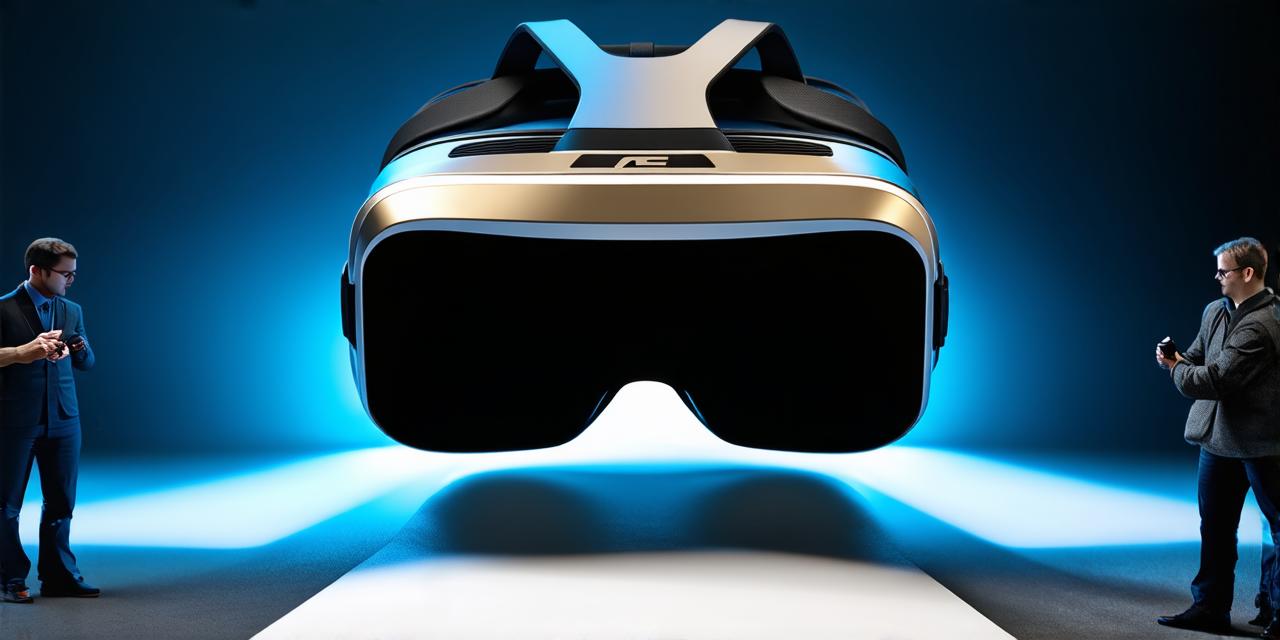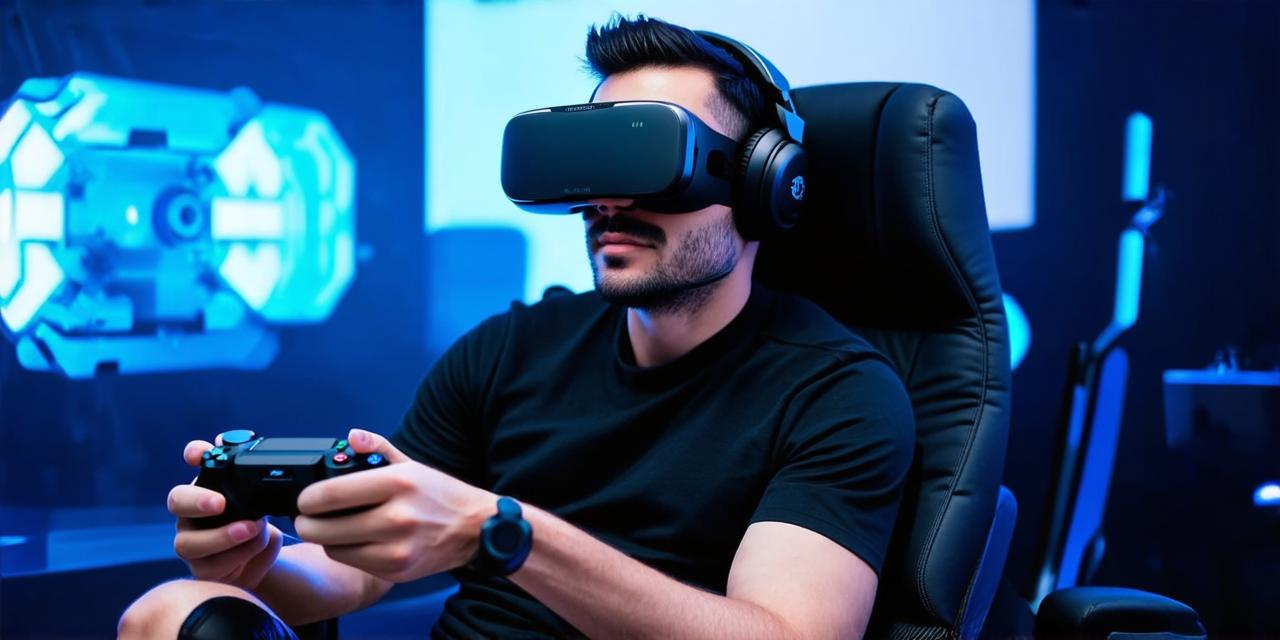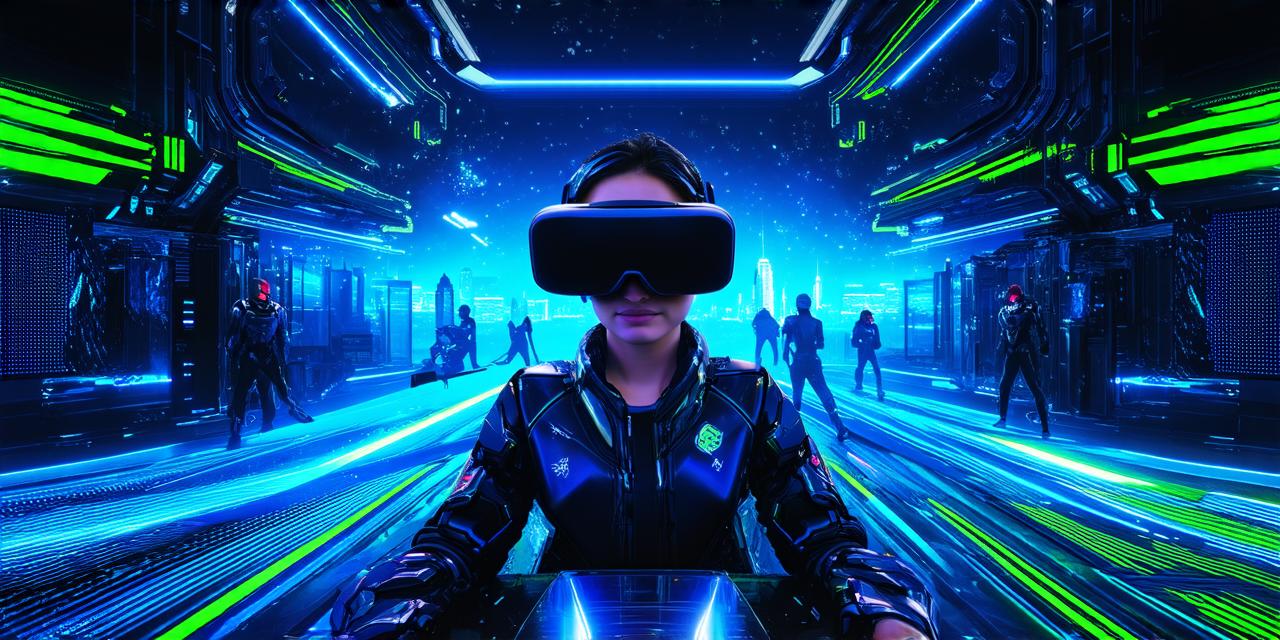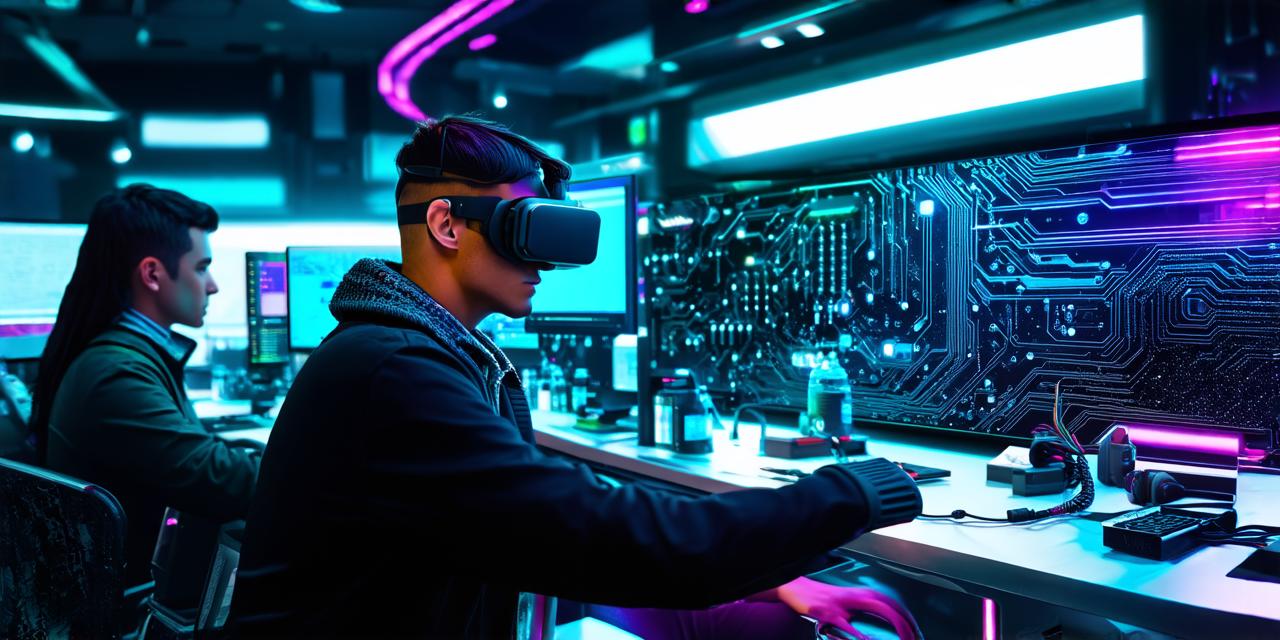Virtual reality technology has come a long way since its early days, but it still requires significant computing power to run smoothly and seamlessly. This is because VR applications involve complex calculations and visual processing that require high-performance hardware.
Processing Power for Realistic Graphics
One of the main reasons that VR applications require so much computing power is the need to render high-quality graphics in real-time. This requires powerful GPUs (Graphics Processing Units) that can process large amounts of data and display it on a screen quickly. Without these powerful GPUs, the visuals in VR would be choppy and unrealistic, making the experience less immersive.
Memory Requirements for Large Data Sets
Another reason that VR applications require significant computing power is the need to store and process large amounts of data. In VR, every object and element in a scene needs to be stored as a 3D model with detailed textures and lighting information. This means that VR applications can quickly consume vast amounts of memory, requiring high-speed RAM (Random Access Memory) to ensure smooth gameplay.
Hardware Limitations for Motion Tracking
Motion tracking is an essential component of VR technology, allowing users to move around in a virtual environment. However, motion tracking requires powerful sensors and processors to accurately track the user’s movements and translate them into the virtual world. Without these powerful components, motion tracking can be unreliable and unresponsive, making it difficult for users to interact with the virtual environment.
Powerful CPUs for Complex Calculations
Finally, VR applications require powerful CPUs (Central Processing Units) to perform complex calculations in real-time. For example, when a user interacts with an object in the virtual world, the VR application needs to calculate the physical properties of that object and how it will react to the user’s touch. This requires powerful CPUs that can handle these complex calculations quickly and efficiently.
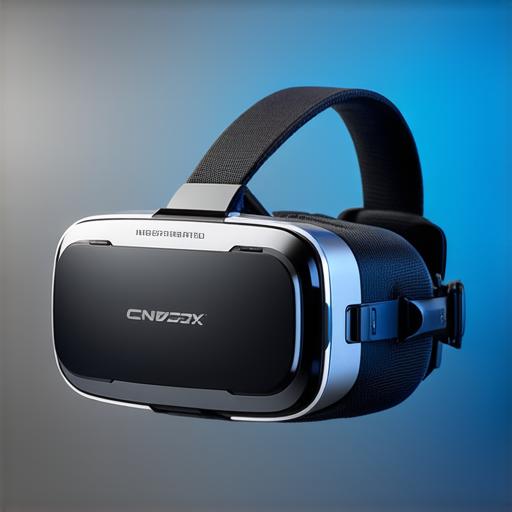
Summary
In conclusion, significant virtual reality applications demand substantial computing capabilities because they require high-performance hardware to render realistic graphics, process large amounts of data, track motion accurately, and perform complex calculations in real-time. As VR technology continues to evolve, we can expect these hardware requirements to continue to increase, making it even more important for developers to build powerful and efficient VR applications that can deliver an immersive and engaging experience to users.
